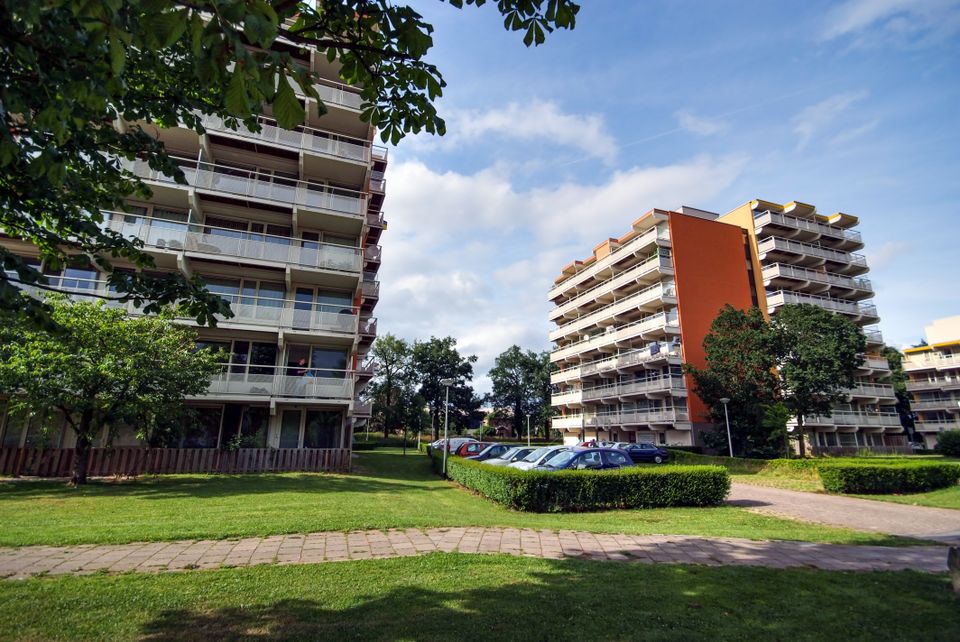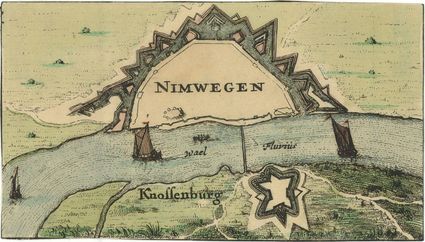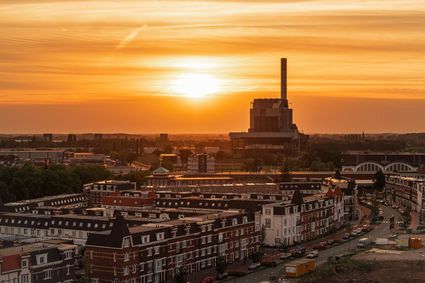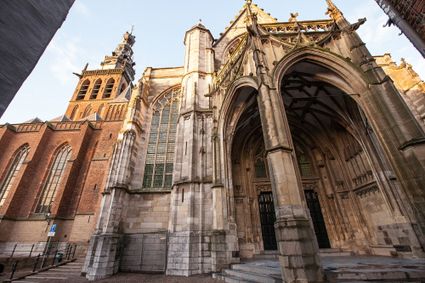Dukenburg and Lindenholt, Nijmegen starts building new neighbourhoods
Nijmegen is bursting at the seams with historical stories, ranging from leading figures to ordinary people, from neighbourhoods to political events. The Canon of Nijmegen encompasses the most important stories about Nijmegen’s history. One of these stories tells the tale of the construction of the Dukenburg and Lindenholt neighbourhoods. Why were these locations chosen?
Around 1960, the need for new housing in Nijmegen skyrocketed. The city council considered designated the Ooijpolder as an expansion area, but ultimately chose for the area west of the Maas-Waal canal.
From 1960 onwards: growing population, more houses
From the sixties onwards, living and residential enjoyment became increasingly important to a population that was steadily growing in size and wealth. The spatial problems in Nijmegen led to many reports, one of which suggested building 17,000 new houses in the Ooijpolder. Ultimately, the Minister of Housing and Spatial Planning decided the solution lay west of the Maas-Waal canal, against the wishes of the city and province. Dukenburg and Lindenholt were within municipal boundaries and thus didn’t require any boundary adjustment of the surrounding areas. However, higher development costs had to be budgeted because of the bridges that needed to be built over the canal. The isolated location, at great distance from the city centre, also necessitated additional facilities in the neighbourhoods.
At the time of construction, starting in the latter half of the sixties, plans for the layout of Dukenburg and Lindenholt were adjusted regularly because of changing housing needs and new urban planning insights. Secularisation, for example, made building a separate parish church in each neighbourhood unnecessary. While the number of neighbourhoods in Dukenburg increased from four to 5,000 houses to seven for 10,000 houses, the number of churches shrank to one ecumenical church building: the Ontmoetingskerk in Meijhorst. The need for neighbourhood shopping centres and other neighbourhood-oriented facilities also diminished. Eventually, one large multifunctional district centre (the Dukenburg shopping centre), covering 6,000 households, was realised in Lindenholt. The number of shops in this centre was restricted in spite of the ample parking space, in order to prevent it from taking too many potential customers away from the old city centre. The wettest grounds in Lindenholt were designated for offices, and later formed the basis for the development of the Brabantse Poort.
Cosy and small-scale or cramped?
A characteristic of the idea that formed that basis of Dukenburg and Lindenholt was the pursuit of a favourable social climate, which would be promoted by a mixed population in each neighbourhood. The composition of the population could be manipulated by means of zoning plans. Additionally, the municipality owned the land and thus could impose conditions on housing corporations, investors, architects, and project developer when allocating it. This way, a mixture of social, premium, and private housing sprang up in each neighbourhood. These neighbourhoods can still be distinguished by their socio-economic level; for example, Weezenhof contains more owner-occupied homes and has more parks than Malvert, where half of the houses are multi-storey. Compared to Dukenburg, the architecture in Lindenholt reflected the cosy and small-scale way of designing that was popular in the 1980s, which would later be dismissed as cramped.
Immerse yourself in the rich history of the oldest city in the Netherlands, because Nijmegen has a lot of stories to tell you. Curious? You can read all about it in this historical timeline.



